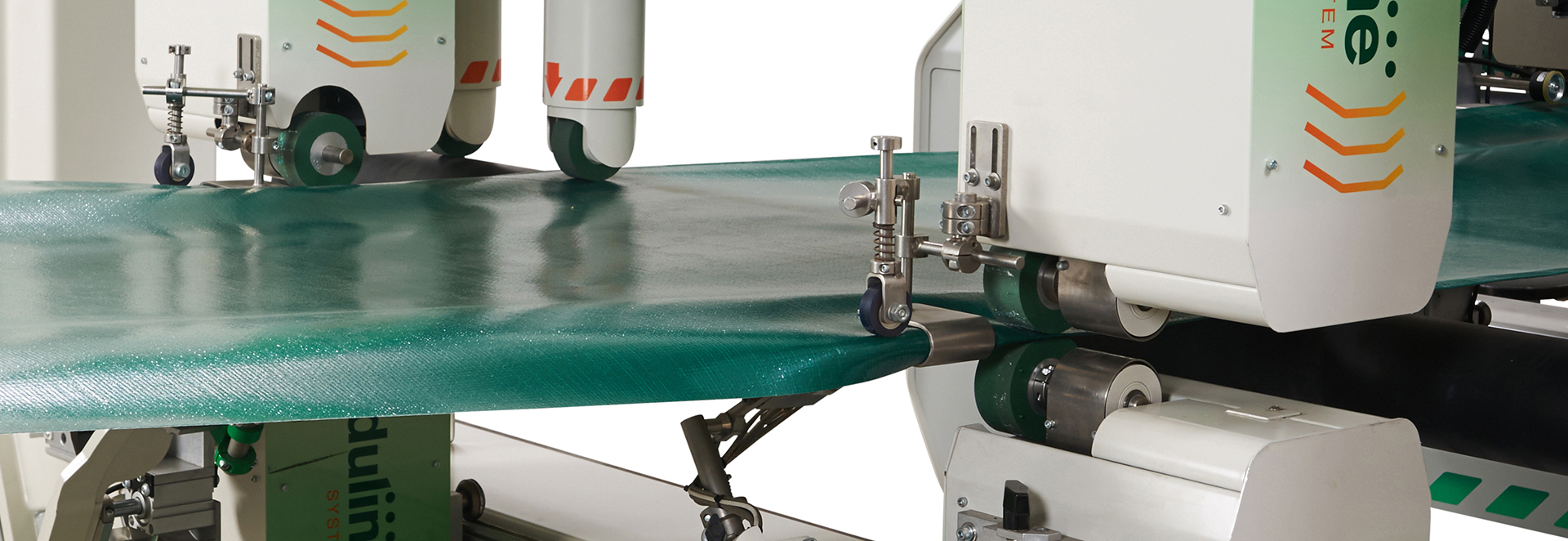This is a quick primer on welding as it applies to both banners and textiles (particularly polyesters).
Let's start with Hot Air Welding which is probably exactly what you think it is. It is a specially designed heat gun (or hot air welder) that produces a jet of hot air that softens the parts that you want to join. Some advantages are that it is a low cost option, in theory the length of the weld is endless and you can start and stop through the process, and it certainly takes up little space. Some of the disadvantages is that it can create waves because it has no cooling bars, you need a very experienced operator, and the quality of the weld is not as good.
Next up is Hot Wedge Welding which uses a heated steel wedge positioned at the seam point providing heat for melting the fabric. The advantages and disadvantages are the same as the Hot Air Welding with one additional disadvantage in that the steel wedge will allow the heat to build up when not in use and when you initially reapply to the fabric it can sometimes burn the fabric at the initiating point.
High Frequency Welding is the joining of materials by supplying High Frequency energy in the form of an electromagnetic field (27.12 MHz) and pressure to the material you want to join. The electrical energy causes the molecules within the material to start moving, which generates heat and causes the material to soften and then fuse together. This is more typically used for PVC, however it can also be used for Polyurethane and it can weld more than two layers at the same time. Some advantages are a very homogeneous heating and it is easy (and fast) to changeover to different welding widths. Disadvantages are that it is a very expensive technology and not always successful for fabrics – however it is used on awning materials, canvas, tents and automobile mats.
Lastly is Impulse Welding which is a process where layers are heated and fused to form a welded seam by pressing them together in close contact with a shielded electric heating element. The heating element (or electrode) is heated up by controlled pulsed current. Advantages are that it is one of the easiest to handle, welding of different textiles, PVC or polyurethanes without welding tape is possible, reasonably priced, low energy consumption and automatic guides and folding systems are available. Disadvantages are that it is not as strong a weld as High Frequency and machine is stationary with a max electrode width of 30 mm.
